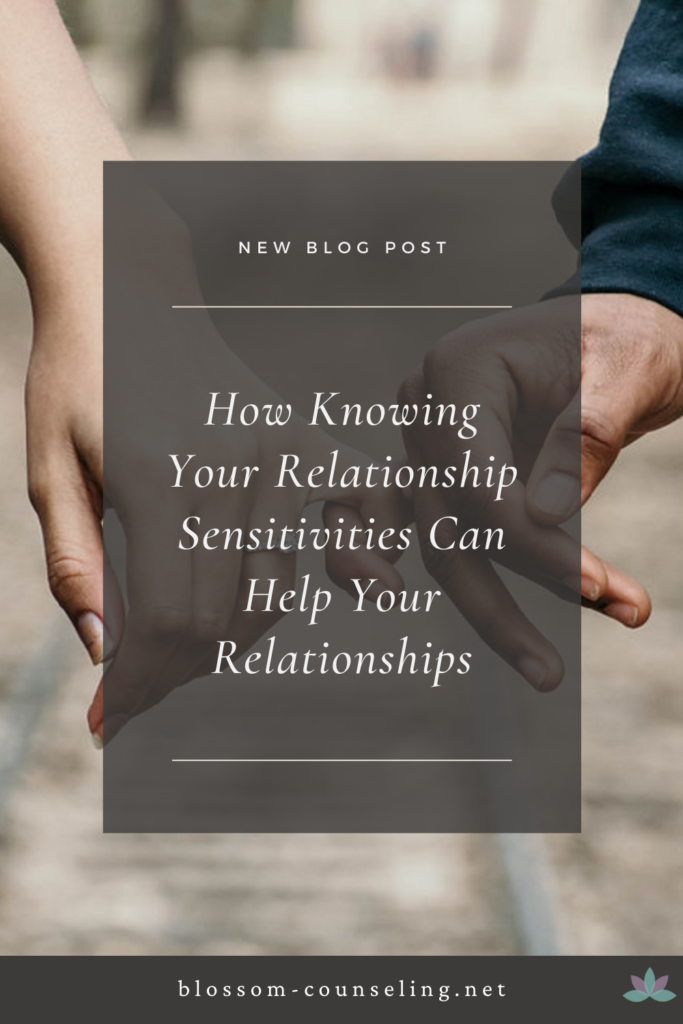
Attention-Deficit/Hyperactivity Disorder (ADHD) often conjures images of hyperactive young boys bouncing off the walls, their boundless energy and impulsiveness clear markers of the disorder. However, this stereotype overlooks a significant and often misunderstood group: women with ADHD. The reality is that ADHD doesn’t discriminate by gender, but the way it manifests and is perceived in women can be quite different, leading to underdiagnosis and misunderstood symptoms.
For many women, ADHD symptoms lean more towards inattentiveness rather than hyperactivity. This might look like daydreaming, being easily distracted, or having difficulty following through on tasks. These symptoms can be mistakenly viewed as mere personality quirks—shyness, disorganization, or even laziness. But behind these perceived quirks lie genuine struggles that can significantly impact a woman’s life.
The journey to understanding ADHD in women is riddled with nuances. Many women aren’t diagnosed until adulthood. Why? Because their symptoms can be subtle and internalized. They might compensate for their challenges with hyper-organization systems or by exerting extra effort to appear “normal.” This compensatory behavior, often referred to as “masking,” can be exhausting and is not always foolproof. When something slips through the cracks—when a bill goes unpaid or a deadline is missed—the resultant stress and self-blame can be overwhelming.
The intersection of ADHD and societal expectations for women adds another layer of complexity. Women are often expected to be the ultimate multitaskers, managing careers, households, and social calendars. For a woman with ADHD, these expectations can feel like a towering stack of dishes teetering ever so precariously. The fear of letting the dishes crash can lead to anxiety and depression, which are common comorbidities in women with ADHD.
Understanding ADHD in women also involves recognizing the emotional hyperarousal that often accompanies it. Emotional dysregulation might manifest as mood swings, sudden tears, or overwhelming feelings of frustration. These intense emotions are not just mood issues; they are profound responses to the everyday overwhelm that ADHD brings about.
Fortunately, awareness is growing, and with it, better approaches to diagnosis and treatment. For women who suspect they might have ADHD, a clinical assessment can be the first step toward clarity and support. Treatment might include medication, cognitive behavioral therapy, or lifestyle changes such as structured routines and mindfulness practices. The goal of treatment is not to reinvent oneself but to create an environment where the unique attributes of a neurodiverse mind can thrive.
ADHD in women is an iceberg; what we see above the surface is only a small part of the story. Below, in the depths, lies a complex interplay of symptoms, coping mechanisms, and the often unseen struggles. But with each woman who comes forward, with each story shared, the narrative broadens, becoming more inclusive and accurate. This ongoing conversation not only enlightens but empowers, as more women recognize their struggles within the framework of ADHD and seek the support they deserve.
In shifting our understanding and approach to ADHD in women, we foster a more supportive, empathetic community where all individuals can find the tools and recognition needed to navigate their world effectively.




